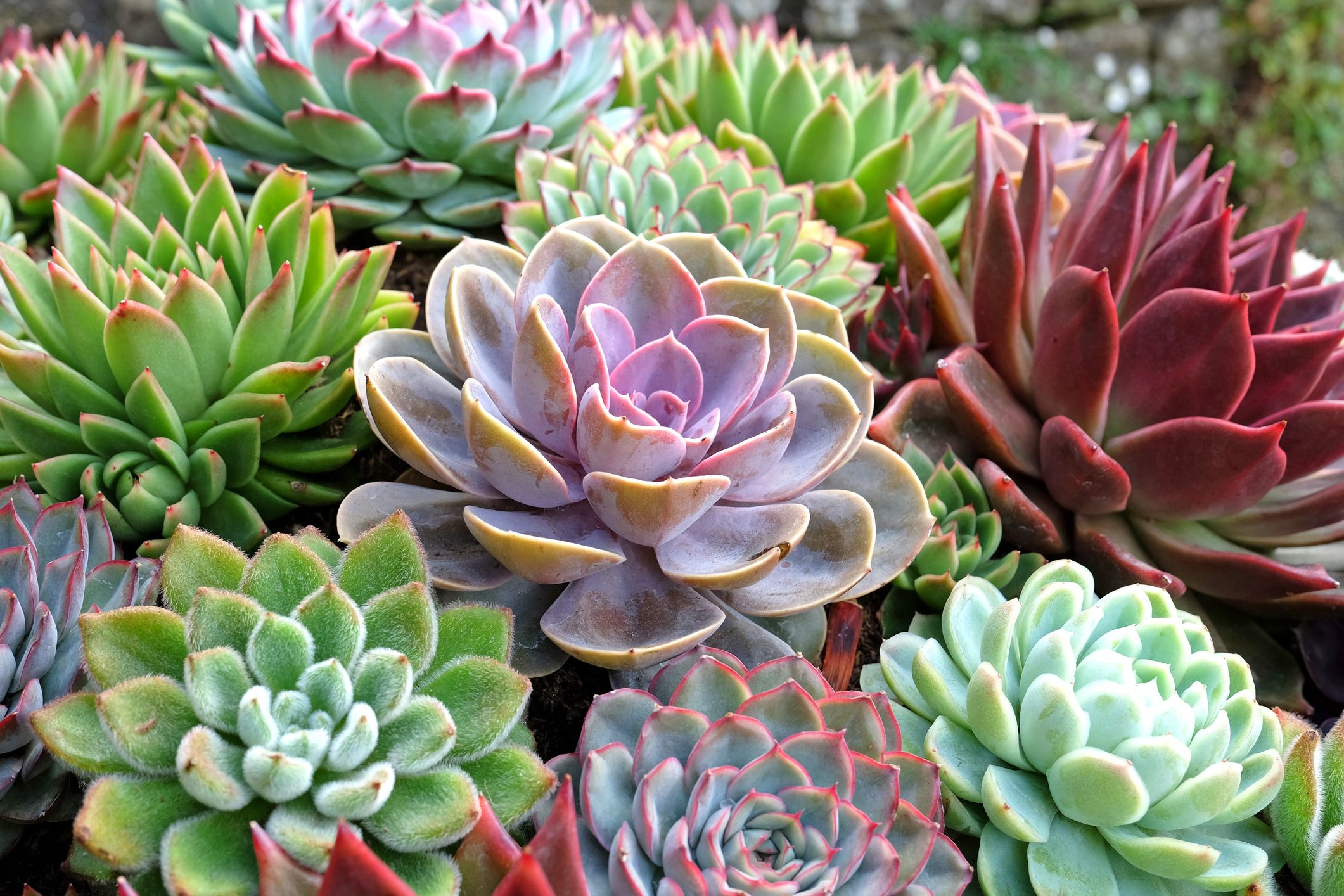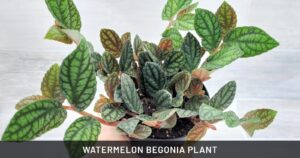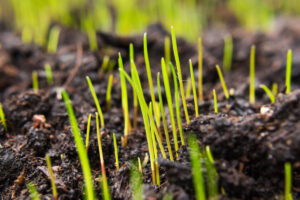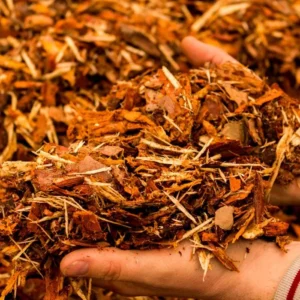How to Grow Succulents: A Complete Guide
Succulents have become a gardening sensation across the United States in recent years, and for good reason. These drought-tolerant plants offer incredible variety, minimal maintenance, and stunning aesthetics for both indoor and outdoor spaces. Whether you’re a novice gardener or a seasoned plant enthusiast, learning how to properly plant and care for succulents can transform your home, garden, or landscape plot into a water-efficient oasis of beauty.
Why Choose Succulents for Your Garden?
Before diving into planting techniques, it’s worth understanding why succulents have taken the US market by storm. According to the USDA’s Agricultural Research Service, succulents are particularly valuable in drought-prone regions, as they’ve adapted to store water in specialized tissues—their leaves, stems, or roots—allowing them to thrive with minimal irrigation (USDA-ARS, 2023).
These remarkable plants offer several advantages:
- Water efficiency during droughts and water restrictions
- Low maintenance requirements for busy lifestyles
- Versatility for indoor and outdoor environments
- Year-round visual interest with minimal effort
- Excellent options for xeriscaping (water-conserving landscaping)
With the US succulent market projected to grow by 9.4% annually through 2030, these resilient plants have clearly found their place in American homes and gardens.
Choosing the Right Succulents for Your Space
Before you begin planting, it’s essential to select the right succulents for your specific environment. Here’s what to consider:
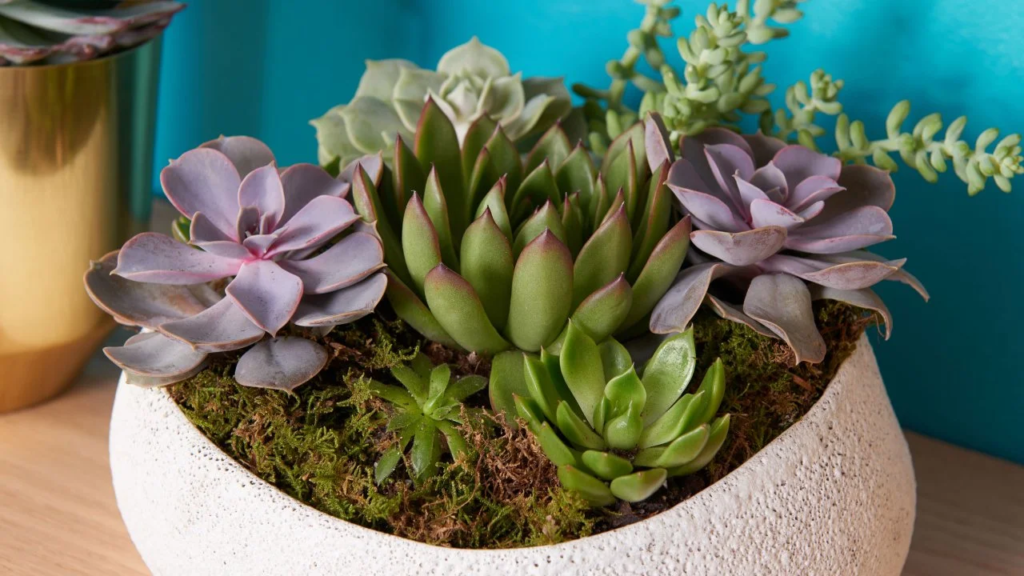
Indoor Succulents
For indoor spaces, focus on varieties that:
- Tolerate lower light conditions
- Grow at a manageable pace
- Thrive in typical indoor temperatures
Some excellent indoor choices include:
- Haworthia species
- Echeveria varieties
- String of pearls (Senecio rowleyanus)
- Jade plants (Crassula ovata)
- Snake plants (Sansevieria)
Outdoor Succulents
For outdoor gardens in the US, your climate zone will determine your best options. The USDA Plant Hardiness Zone Map is an essential resource for identifying which succulents will survive in your region: https://planthardiness.ars.usda.gov/.
In warmer zones (8-11):
- Agave varieties
- Aloe species
- Sedum varieties
- Aeonium
- Euphorbia species
In colder zones (5-7):
- Cold-hardy Sedum varieties
- Sempervivum (Hens and Chicks)
- Hardy Opuntia species
- Delosperma (Ice Plant)
Essential Supplies for Planting Succulents
Before you start planting, gather these supplies:
- Containers: Terracotta, ceramic, or concrete pots with drainage holes
- Soil: Well-draining cactus or succulent mix
- Tools: Small trowel, gloves (especially for spiny varieties), small brush
- Top dressing: Decorative gravel, pebbles, or sand
- Watering tools: Small watering can with narrow spout or spray bottle
How to Plant Succulents Indoors
Now that you’ve selected your plants and gathered supplies, follow these steps to plant your indoor succulents:
- Prepare your container: Ensure it has drainage holes. If using a decorative pot without holes, use it as a cache pot with a plastic nursery pot inside.
- Add drainage material: Place a layer of small stones or pebbles at the bottom for additional drainage.
- Fill with soil: Add cactus/succulent mix, filling about 2/3 of the container.
- Remove the plant: Gently remove your succulent from its nursery pot. If the soil is very compacted, loosen it carefully without damaging the roots.
- Position the plant: Create a small well in the soil and position your succulent so that the top of its root ball sits about 1/2 inch below the container rim.
- Add soil: Fill around the plant with additional soil mix, gently firming it to provide support.
- Add top dressing: Apply a thin layer of decorative gravel or sand for a finished look and to help keep the crown of the plant dry.
- Wait before watering: Allow the newly planted succulent to rest for 2-3 days before watering to give any damaged roots time to heal.
How to Plant Succulents in Your Garden
For outdoor garden beds, the process differs slightly:
- Choose the right location: Select a spot with appropriate light for your chosen varieties. Most outdoor succulents need at least 6 hours of direct sunlight.
- Prepare the soil: Amend your garden soil with coarse sand, pumice, or perlite to improve drainage. Create a mix that’s approximately 50% native soil and 50% drainage material.
- Test drainage: Before planting, dig a test hole and fill it with water. If it doesn’t drain within 30 minutes, you’ll need to improve drainage further or consider raised beds.
- Create planting holes: Dig holes slightly larger than each plant’s root ball.
- Plant carefully: Remove plants from their containers, place them in the holes at the same depth they were growing previously.
- Backfill and firm: Fill around plants with your amended soil mix and firm gently.
- Space appropriately: Allow room for growth based on mature size (see spacing table below).
- Add mulch: Apply inorganic mulch such as gravel or small pebbles around (but not touching) the plants.
Planting Succulents in Landscape Plots
For larger landscape projects:
- Develop a design plan: Consider mature sizes, growth habits, and color variations when planning your layout.
- Prepare the area: Remove existing vegetation and improve soil drainage as needed.
- Consider a landscape fabric: In areas prone to weeds, install landscape fabric before planting.
- Create groupings: Plant succulents in odd-numbered groups (3, 5, 7) for a natural appearance.
- Incorporate pathways: Add stepping stones or gravel paths to create access through your succulent landscape.
- Install irrigation: Consider drip irrigation to provide efficient, targeted watering.
- Monitor for establishment: Water more frequently during the first month after planting to help plants establish.
Succulent Spacing Guide
Proper spacing ensures your succulents have room to grow and receive adequate airflow. Use this table as a reference:
| Succulent Type | Mature Diameter | Recommended Spacing | Growth Rate |
|---|---|---|---|
| Small (Echeveria, Haworthia) | 3-6 inches | 4-8 inches | Slow to Moderate |
| Medium (Jade Plant, Aloe) | 8-12 inches | 12-18 inches | Moderate |
| Large (Agave, Large Euphorbia) | 2-6 feet | 3-8 feet | Slow to Moderate |
| Spreading (Sedum, Ice Plant) | 12-36 inches | 18-24 inches | Fast |
| Columnar (Tall Cacti) | 6-12 inches wide | 12-24 inches | Slow |
Special Planting Techniques
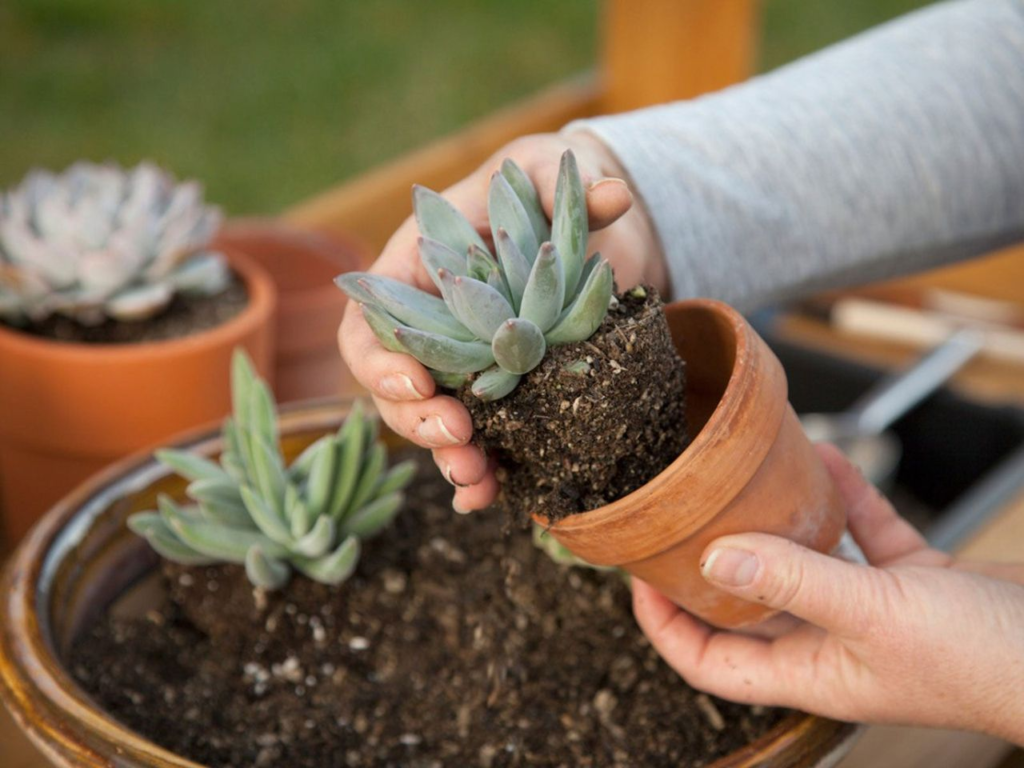
Creating Succulent Arrangements
For eye-catching container displays:
- Select plants with similar care requirements.
- Position taller plants toward the back or center.
- Place trailing varieties near the edges.
- Fill gaps with smaller species.
- Use color and texture contrasts for visual interest.
Succulent Walls and Vertical Gardens
Vertical gardens have become increasingly popular in the US market. To create one:
- Choose a frame or specialized vertical planting system.
- Select small to medium succulents with shallow root systems.
- Use a specialized planting medium that retains some moisture while allowing drainage.
- Plant densely, as growth will be slower in vertical positions.
- Allow the planting to establish horizontally before hanging vertically.
According to the National Park Service, vertical gardens can be excellent space-saving solutions in urban environments and can provide thermal insulation benefits for buildings: https://www.nps.gov/subjects/urban/green-infrastructure.htm.
Post-Planting Care for Success
After planting your succulents, follow these essential care tips:
Watering Newly Planted Succulents
The most common mistake is overwatering. For newly planted succulents:
- Indoors: Wait 1 week after planting, then water lightly. Allow soil to dry completely between waterings.
- Outdoors: Water more frequently during the first 2-4 weeks to establish roots, then reduce frequency.
- Always: Water the soil directly, avoiding the foliage and crown of the plant.
Light Requirements
- Indoors: Place near south, east, or west-facing windows for at least 6 hours of bright, indirect light.
- Outdoors: Most succulents prefer full to partial sun, though some varieties can burn in intense afternoon sun in hot regions.
Seasonal Adjustments
Your succulent care should change with the seasons:
- Spring/Summer: Increase water during active growth periods.
- Fall/Winter: Reduce watering as growth slows; protect tender varieties from frost.
Troubleshooting Common Issues
Even with proper planting, you might encounter challenges:

Etiolation (Stretching)
- Cause: Insufficient light
- Solution: Gradually introduce more light; consider supplemental grow lights indoors
Root Rot
- Cause: Overwatering or poor drainage
- Solution: Remove affected plants, trim damaged roots, allow to callus, and replant in fresh, dry soil
Pest Problems
- Cause: Mealybugs, scale, or spider mites
- Solution: Isolate affected plants, treat with insecticidal soap or 70% isopropyl alcohol
The Economic Benefits of Succulents
Beyond their aesthetic appeal, succulents offer economic benefits for American homeowners:
- Water savings: Established succulent landscapes can reduce outdoor water use by 50-70%.
- Maintenance costs: Less mowing, fertilizing, and replanting than traditional landscapes.
- Home value: According to the EPA’s WaterSense program, drought-tolerant landscaping can increase property values by up to 15% while reducing water bills: https://www.epa.gov/watersense/landscaping-tips.
Conclusion
Planting succulents is a rewarding endeavor that can transform your living spaces while contributing to water conservation efforts. By following the guidelines in this article, you’ll be well-equipped to create stunning succulent displays in your home, garden, or landscape plot.
Remember that succulents thrive on neglect more than excessive attention. With proper planting techniques and minimal maintenance, your succulent collection will provide years of enjoyment and bring a touch of desert-inspired beauty to your environment.
Whether you’re a beginner starting with a single potted plant or planning an extensive succulent landscape, the key is to respect these plants’ natural requirements for excellent drainage, appropriate light, and restrained watering. Happy planting!
